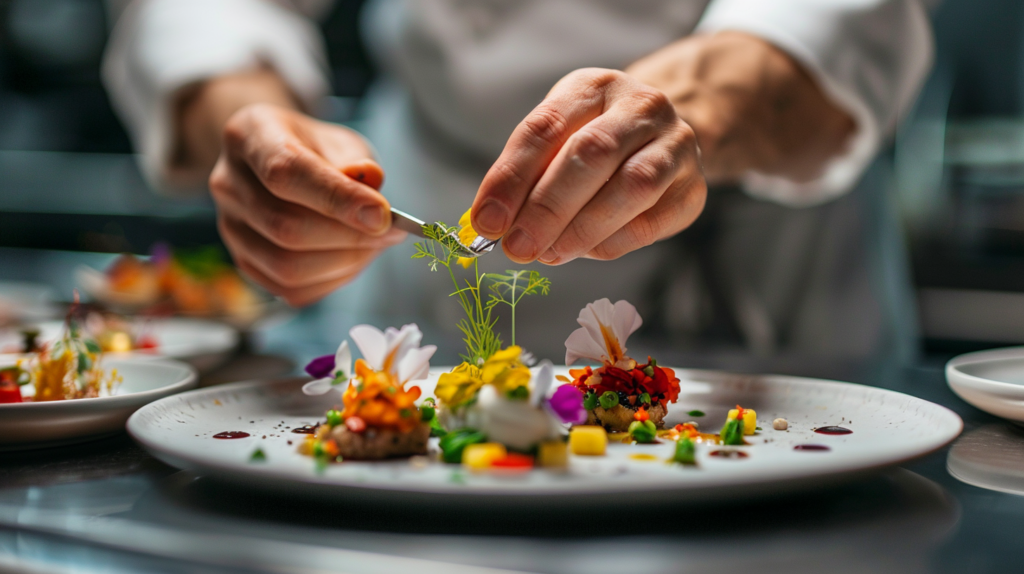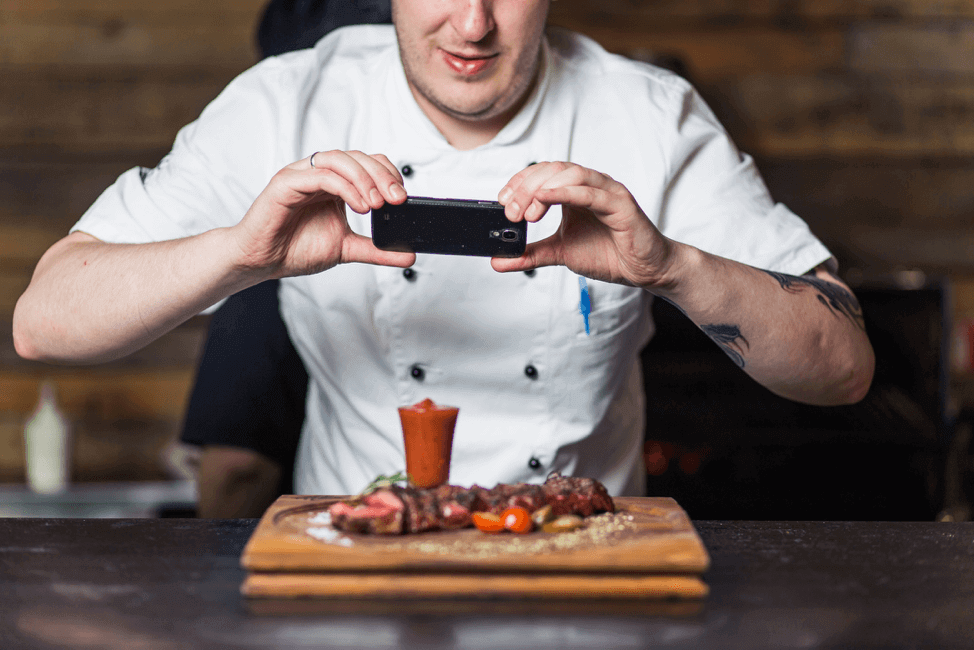In the age of social media, food photography has become an essential skill for food lovers, bloggers, and chefs alike. Whether you’re showcasing your culinary creations on Instagram or documenting meals for a personal blog, capturing mouthwatering food photos can elevate your presentation and engage your audience. Fortunately, with a few simple techniques and tricks, you can transform ordinary dishes into stunning visual masterpieces. Here are some essential food photography tips to help you make your dishes Instagram-worthy.
1. Natural Lighting is Key
One of the most crucial elements of food photography is lighting. Natural light can make your dishes look vibrant and appealing. Whenever possible, shoot your photos near a window where you can take advantage of soft, diffused sunlight. Avoid harsh overhead lights and direct sunlight, as they can create unflattering shadows and highlights. If you find the light too harsh, consider using sheer curtains to diffuse it. For those cloudy days, you can also use a reflector to bounce light onto your dish, ensuring it looks its best.
2. Choose the Right Angle
The angle from which you photograph your food can dramatically change the way it looks. Different dishes may require different perspectives to highlight their best features. For example, a tall burger or stack of pancakes might look best from the side, while a colorful salad or pizza can be beautifully showcased from above. Experiment with various angles to see what works best for each dish. Don’t hesitate to try close-ups or overhead shots to capture intricate details and textures.
3. Composition Matters
Good composition is key to creating visually appealing food photos. The rule of thirds is a popular guideline where you divide your frame into a 3×3 grid and place your subject along the lines or intersections. This technique can create a balanced and engaging photo. Additionally, consider using leading lines—such as utensils or food elements that draw the viewer’s eye toward the main dish. Incorporating negative space can also enhance your composition, allowing your dish to stand out without distractions.

4. Play with Colors and Textures
Colorful dishes often grab attention, so don’t be afraid to experiment with vibrant ingredients. Fresh herbs, colorful vegetables, and contrasting garnishes can add visual interest to your food photos. Consider using a variety of textures, too; a combination of smooth sauces, crunchy toppings, and juicy fruits can create a more dynamic image. Arranging your food in a way that highlights these elements can make your dishes even more enticing.
5. Use Props Wisely
Incorporating props can enhance your food photography by adding context and storytelling to your images. Plates, bowls, utensils, and napkins can complement your dish and create a cohesive aesthetic. Choose props that match the theme of your meal; rustic wooden boards may work well for a hearty dish, while elegant tableware can elevate a fine dining experience. However, be careful not to overcrowd the frame with too many props, as this can distract from your main subject.
6. Focus on Details
Close-up shots can showcase the intricate details of your dish, highlighting its texture and freshness. Consider using a macro lens or a smartphone with a good camera to capture those fine details. This could include the glistening of a sauce, the steam rising from a hot dish, or the delicate layers of a pastry. These close-up shots can evoke a sense of taste and aroma, enticing viewers to want to try your food.
7. Edit Thoughtfully
Post-processing is an essential part of food photography that can elevate your images. Use editing apps or software to adjust the brightness, contrast, and saturation of your photos. Be mindful of maintaining a natural look; over-editing can lead to unrealistic colors and a loss of detail. Simple tweaks like cropping, straightening, and enhancing the colors can make a significant difference in the final outcome of your food photos.
8. Capture the Process
While beautifully styled shots of finished dishes are important, don’t forget to document the cooking process. Behind-the-scenes shots can add depth to your storytelling and engage your audience on a more personal level. Capture moments like chopping ingredients, stirring pots, or plating dishes. These candid images create a narrative that showcases your culinary journey, making your audience feel more connected to your cooking.
9. Be Patient and Experiment
Food photography is an art that takes practice and patience. Don’t be afraid to experiment with different setups, lighting conditions, and styles. Take your time to adjust angles and compositions until you find what works best. If a shot doesn’t come out as planned, learn from it and keep trying. Over time, you’ll develop your unique style and improve your skills.
10. Share Your Passion
Finally, remember that food photography is about sharing your passion for food and cooking. Engage with your audience by telling the story behind your dishes, sharing recipes, or discussing your inspiration. Your enthusiasm will shine through in your photos and resonate with those who view them, making your culinary journey all the more enjoyable.
